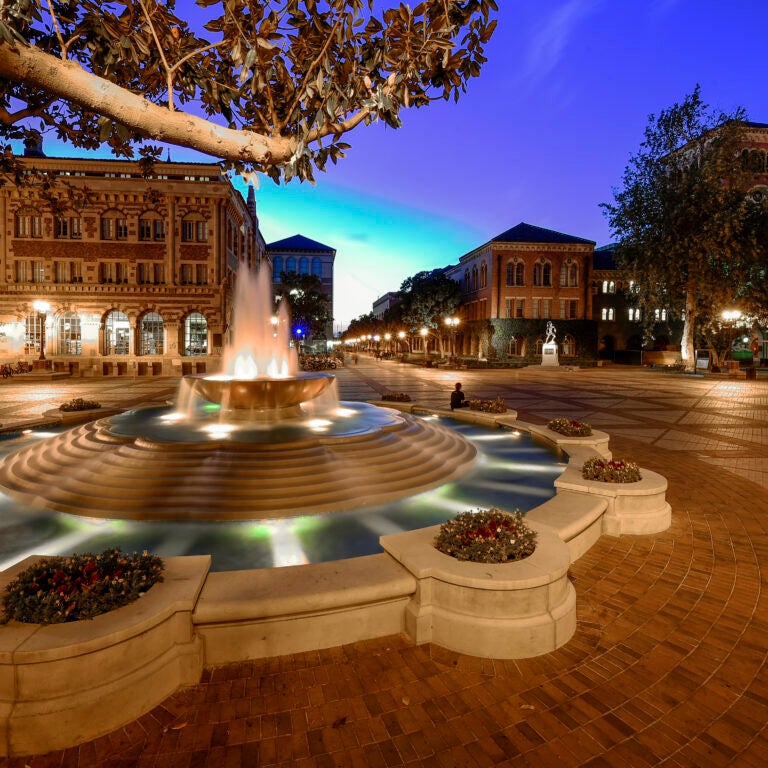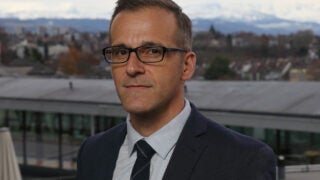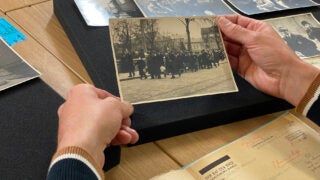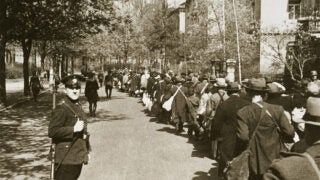Mickey Shapiro’s donation renames the foundation’s headquarters and strengthens its mission to continue sharing the stories and lessons of the Holocaust for generations to come.
Holocaust
News Listing
Interactive exhibition will ensure that survivors’ firsthand accounts remain accessible for future generations.
On International Holocaust Remembrance Day, USC Shoah Foundation’s Robert Williams discusses the co-opting of historic events and how we — and social media companies — have a part in stopping the spread of lies about the atrocities.
USC Dornsife history Professor Wolf Gruner has helped launch an effort — the #LastSeen Project — to recover photos of the Nazis’ mass deportations, identify victims and tell their stories.
Photographs and film can complement the analysis of administrative documents and survivor testimonies and enrich our understanding of Nazi persecution, USC historian Wolf Gruner notes.
USC Dornsife’s Center for Advanced Genocide Research is the only non-German partner in the first major international initiative to gather and analyze images showing Nazi deportations during World War II.
On Holocaust Remembrance Day, the interim executive director of USC Shoah Foundation discusses concerns about genocide in Ukraine, the distortion of the Holocaust, and the loss of a Ukrainian Holocaust survivor to the Russian assault on Mariupol.
USC experts consider the importance of these photographs and paintings — bringing immediacy to history and conveying the human cost.
Portraits of Holocaust survivors appear alongside interactive testimonies in Facing Survival, a USC Fisher Museum of Art and USC Shoah Foundation collaboration open through Dec. 7.
Hundreds of Holocaust survivors have contacted USC Shoah Foundation to express a desire to tell their stories. The Last Chance initiative will give them the opportunity.








